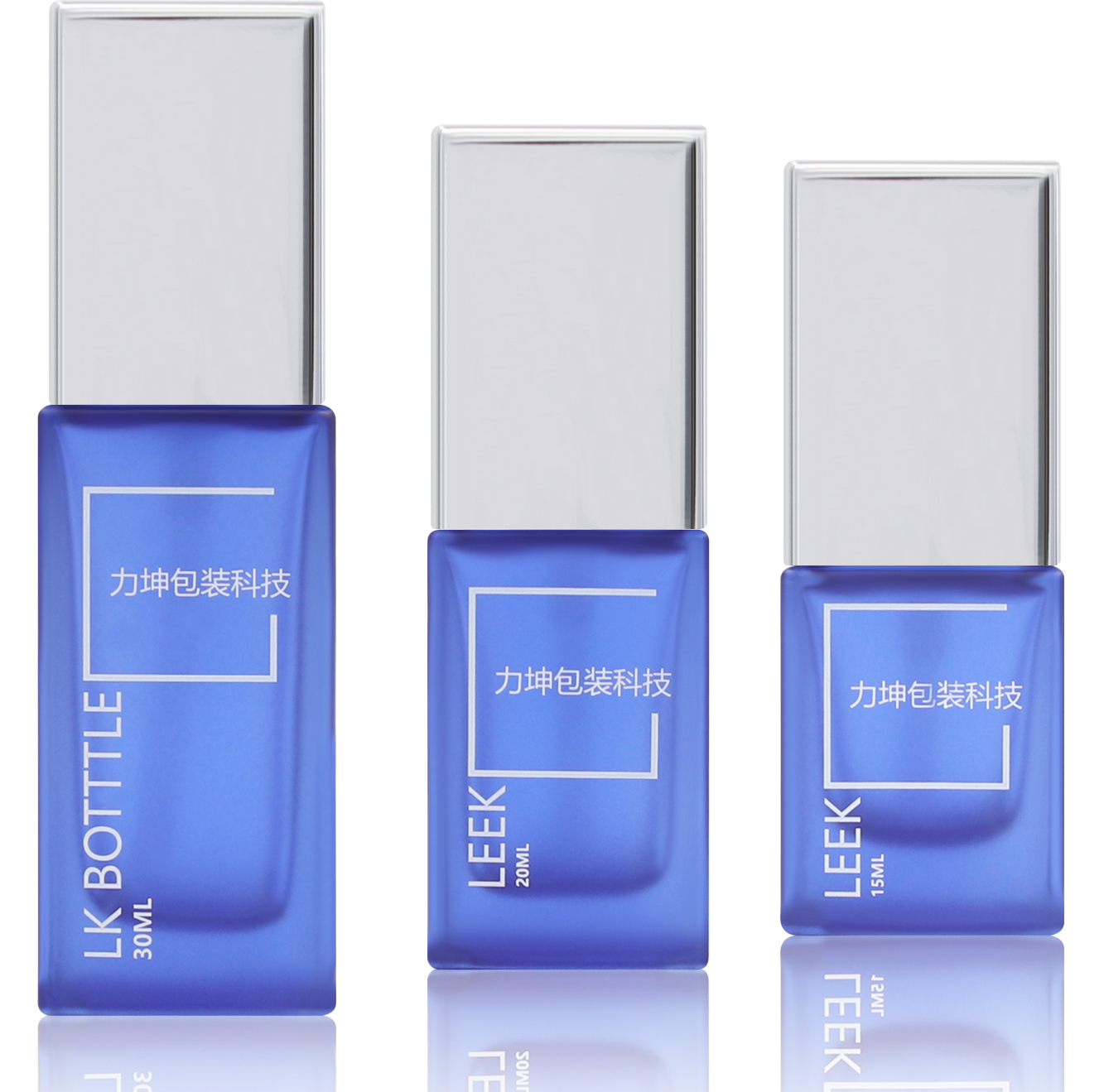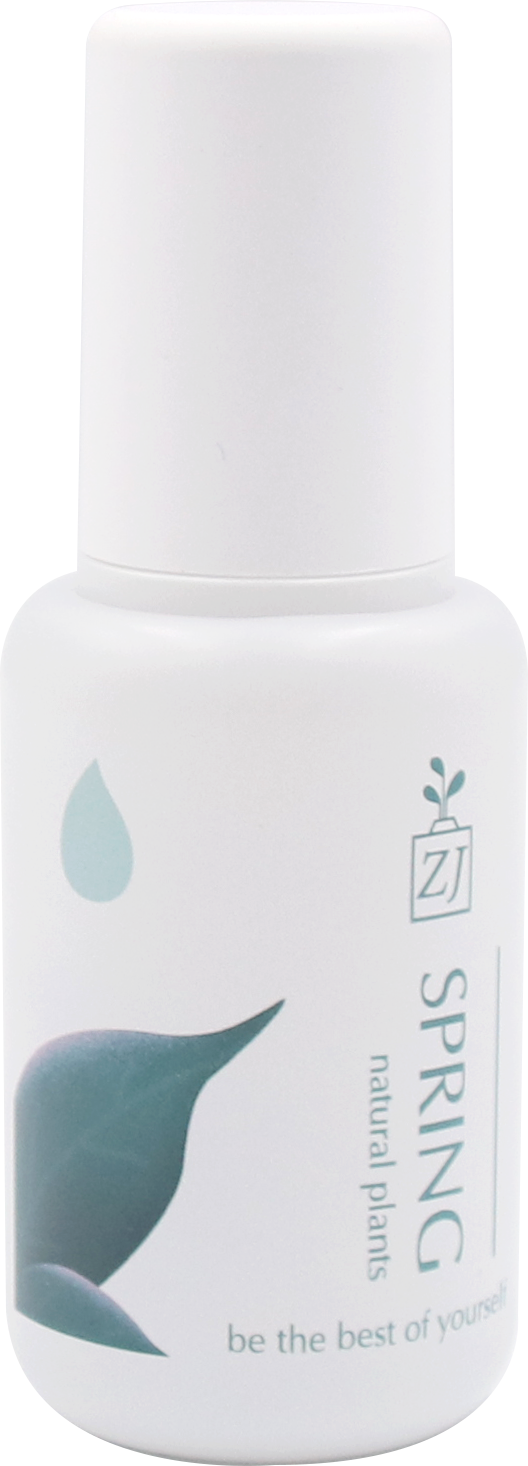The packaging industry relies heavily on printing methods to decorate and brand bottles and containers. However, printing on glass versus plastic requires very different techniques due to the unique properties and manufacturing processes of each material.

Printing on Glass Bottles
Glass bottles are primarily produced using a blow molding process, where molten glass is blown and inflated into a mold to form the container shape. This high temperature manufacturing makes screen printing the most common decoration method for glass.
Screen printing uses a fine mesh screen containing the artwork design that is placed directly onto the glass bottle. Ink is then squeegeed through the open areas of the screen, transferring the image onto the glass surface. This creates a raised ink film that dries quickly at high temperatures. Screen printing allows for crisp, vivid image reproduction on glass and the ink bonds well with the slick surface.
The glass bottle decorating process often occurs when the bottles are still hot from production, enabling the inks to fuse and cure rapidly. This is referred to as “hot stamping”. Printed bottles are fed into annealing ovens to cool down gradually and prevent breakage from thermal shocks.
Other glass printing techniques include kiln-fired glass decoration and UV-cured glass printing. With kiln-firing, ceramic frit inks are screen printed or applied as decals before bottles are fed into high temperature kilns. The extreme heat sets the pigmented glass frit permanently into the surface. For UV-curing, UV-sensitive inks are screen printed and immediately cured under intense ultraviolet light.
Printing on Plastic Bottles
In contrast to glass, plastic bottles are made by extrusion blow molding, injection blow molding, or stretch blow molding at lower temperatures. As a result, plastics have different requirements for ink adhesion and curing methods.
Flexographic printing is commonly used for plastic bottle decoration. This method utilizes a raised image on a flexible photopolymer plate that rotates and makes contact with the substrate. Liquid inks are picked up by the plate, transferred directly onto the bottle surface, and immediately cured by UV or infrared light.
Flexographic printing excels at printing on the curved, contoured surfaces of plastic bottles and containers. The flexible plates allow consistent image transfer onto materials like polyethylene terephthalate (PET), polypropylene (PP), and high-density polyethylene (HDPE). Flexographic inks bond well to the non-porous plastic substrates.
Other plastic printing options include rotogravure printing and adhesive labeling. Rotogravure uses an engraved metal cylinder to transfer ink onto materials. It works well for high-volume plastic bottle runs. Labels offer more versatility for plastic container decoration, allowing detailed graphics, textures, and special effects.
The choice between glass versus plastic packaging has a major influence on the available printing methods. With knowledge of each material’s properties and manufacturing methods, bottle decorators can utilize the optimal printing process to achieve durable, eye-catching package designs.
Continued innovation in glass and plastic container production along with advances in printing technology will further expand the packaging possibilities.
Post time: Aug-22-2023


